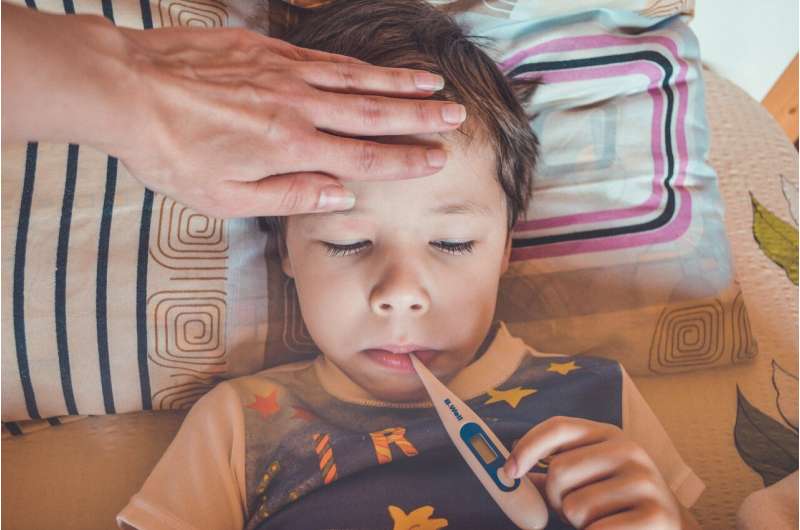Newly Identified Kidney Cell Types Offer Hope for Improved Disease Treatment

Innovative research has identified new kidney cell subtypes that could transform diagnosis and treatment, paving the way for personalized approaches to combat kidney disease.
Recent advances in kidney research have led to the identification of new kidney cell subtypes that could revolutionize the way kidney diseases are diagnosed and treated. A research team from Indiana University School of Medicine has mapped various kidney cell populations using sophisticated spatial protein imaging and transcriptomics techniques. This detailed cellular mapping provides crucial insights into the organization and interaction of kidney cells within their molecular neighborhoods, which play a key role in understanding disease progression.
The study, published in Science Advances, highlights the discovery of two distinct subpopulations of proximal tubule cells: one that indicates healthy regenerative capacity and another that carries genetic markers associated with disease. By quantifying these cell types in kidney tissue samples, researchers can assess the extent of kidney damage more precisely, enabling earlier diagnosis and more tailored treatment strategies.
According to Dr. Tarek M. Ashkar, a leading nephrologist involved in the study, understanding the spatial arrangement and interaction of kidney cells is vital for developing a molecular timeline of disease progression. This approach not only improves diagnostic accuracy but also aids in identifying better biomarkers and therapeutic targets. Such advances are especially critical considering that kidney disease affects approximately 14% of adults in the U.S., often going undiagnosed until reaching advanced stages requiring dialysis or transplantation.
The complexity of kidney cells surpasses previous assumptions, emphasizing the importance of defining cellular 'molecular neighborhoods' to study disease development at a granular level. This large-scale research initiative aims to create a detailed molecular roadmap, allowing clinicians to intervene at the optimal stage of the disease with targeted therapies—ultimately achieving more personalized and effective treatment.
Participants who contribute kidney tissue samples are recognized as heroes for their altruism, which helps drive this vital research forward. The ultimate goal is to enhance our understanding of kidney disease and find innovative ways to preserve kidney function and improve patient outcomes.
Stay Updated with Mia's Feed
Get the latest health & wellness insights delivered straight to your inbox.
Related Articles
How Rising Body Temperatures in Animals Offer Insights for Human Fever Response
Fever serves as a vital immune defense across diverse species, from reptiles to insects, offering insights into its natural role in fighting infections and its potential in human health.
New Insights Into Brain’s Waste Clearance and Its Role in Alzheimer’s Disease
New research reveals how disruptions in the brain's waste clearance system may trigger Alzheimer’s disease, offering promising avenues for early diagnosis and treatment.
Experts Call for Ban on Commercial Sunbeds in the UK to Combat Skin Cancer Risk
Experts urge the UK to ban commercial sunbeds due to their significant contribution to skin cancer, especially among youth. Despite existing laws, many young people still access these devices, highlighting the need for a comprehensive ban and public education.
Reevaluating BMI: New Study Highlights Its Limitations in Assessing Health
A new study questions the effectiveness of BMI as a health indicator, emphasizing its limitations and urging the adoption of more accurate, inclusive measures for assessing individual health.



